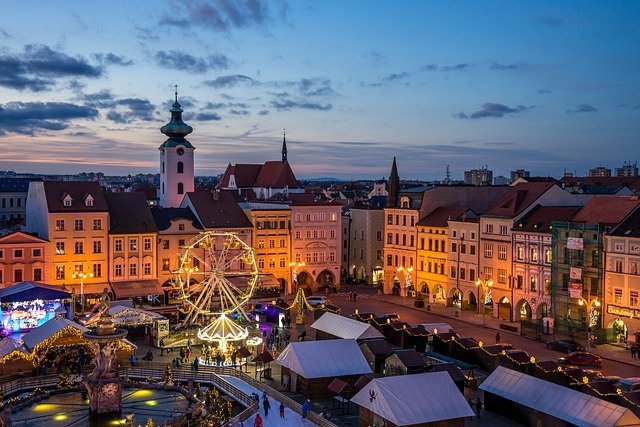European Commission forecast: Economic performance of Baltic sea countries
Denmark
A broad-based expansion is projected over the forecast horizon. Output and employment have already
exceeded pre-pandemic levels and are expected to make further gains, notwithstanding ongoing supply
chain disruptions. The fiscal deficit is likely to remain modest this year before turning into surplus as
from 2022.
Estonia
Following a moderate contraction in 2020, Estonia’s GDP is forecast to increase by 9% in real terms in
2021, driven by private demand, government stimulus and buoyant exports. Growth is expected to
remain strong in 2022-23 supported by a recovery in employment, sustained wage growth and dynamic
foreign demand. Inflation is set to surge this year, fuelled by the transitory increases in imported energy
prices gradually passing through to other goods and services. The government deficit is projected to
narrow to 2.2% of GDP in 2023, with public debt remaining the lowest in the EU.
Finland
Thanks to a strong GDP rebound in the second quarter of this year and a relatively mild economic
contraction last year, economic activity has already reached the pre-crisis level in mid-2021. Economic
growth is expected to continue over the forecast horizon, driven by private consumption and investment,
favourably impacting the labour market. Public finances are also improving on the back of the ongoing
recovery.
Germany
Easing of containment measures has spurred spending on services in recent months; however, supply
bottlenecks are slowing down manufacturing and putting a lid on the rebound of exports and investment.
Shortage of materials is also likely to add to inflation pressures over upcoming months, together with
base effects and higher energy prices. Still, the economy and the labour market are well set to recover.
The fiscal deficit is projected to narrow in 2022 and 2023, as policy support is withdrawn and the
economy moves from recovery into expansion.
Latvia
Latvia’s economy is set to rebound strongly in 2021 thanks to sizeable government support measures
and solid export performance. Following a temporary slowdown toward the end of 2021, GDP is
forecast to return to strong growth in the second quarter of 2022 as the unwinding of excess savings
drive up private consumption and a pick-up in EU fund inflows boosts investments. Inflation is set to
rise due to a significant increase in energy prices. The labour market is expected to improve in line with
economic activity, with the unemployment rate approaching pre-crisis lows by the end of 2023. The
government deficit is projected to exceed 9% of GDP in 2021 and to decrease to around 2% by 2023.
Lithuania
Lithuania’s economy is returning to its pre-pandemic growth path in 2021. Despite a still elevated
unemployment rate, strong economic growth is resulting in rising shortages in the labour market with
an impact on wage developments. In 2021, higher than-expected tax revenues are leading to a smaller
general government deficit than anticipated in spring. Going forward, while growth is set to moderate,
the economy is projected to continue to be supported by the good financial position of businesses,
accumulated household savings, and rising household income.
Poland
The Polish economy rebounded strongly in the first half of 2021, reaching pre-pandemic levels of GDP
in the second quarter of the year. Economic growth is expected to remain dynamic despite supply
disruptions and soaring commodity prices, mainly driven by declining household savings and upbeat
investment growth. Inflation is set to be elevated in 2021 and 2022 due to rising energy prices and unit
labour costs, but will likely moderate in 2023. The general government deficit and the debt-to-GDP
ratio are set to decrease over the forecast horizon.




